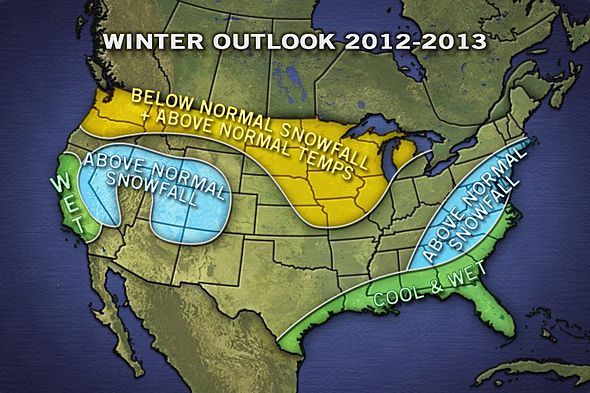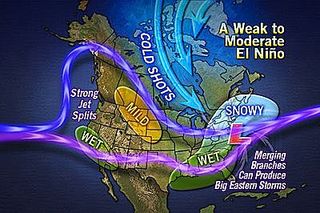
NYC, Philly, DC: Winter 2012-2013 will be "Snow" Joke

This article was provided by AccuWeather.com.
Following a snow drought during winter 2011-2012, the mid-Atlantic and southern New England will get a snow dump this winter.
Above-normal snowfall is forecast for the major I-95 cities, including New York City, Philadelphia, Baltimore and Washington, D.C., during winter 2012-2013.
Normal Seasonal Snowfall for the I-95 Cities
Normal snowfall amounts from the National Weather Service.
"The I-95 cities could get hit pretty good. It's a matter of getting the cold to phase in with the huge systems that we are going to see coming out of the southern branch of the jet stream this year," AccuWeather.com Lead Long-Range Forecaster Paul Pastelok said.
The cold is expected to phase with the big storms during January and February with the potential for large snowstorms to make headlines and create travel headaches in the major cities.
Sign up for the Live Science daily newsletter now
Get the world’s most fascinating discoveries delivered straight to your inbox.
On the other hand, the ski industry, which despite an early start for some resorts suffered a slow season overall last winter, will benefit from the above-normal snowfall.
Factors Behind the Above-Normal Snow Forecast
The presence of El Niño or La Niña - and their strength - is used to project how active the winter season is going to be. AccuWeather.com Long-Range meteorologists are projecting a weak to moderate El Niño by the fall.
RELATED:
AccuWeather Winter Weather Center
Back to School: Kids Should See More Snow Days than Last Year
How Can Meteorologists Predict a Whole Season?
An El Niño pattern is classified by above-normal water temperatures in the central and equatorial Pacific Ocean. Warming the ocean water in turn warms the air above the Pacific, causing weather patterns to change globally.
El Niño winters feature a strong southern branch of the jet stream across the U.S. When the strong southern jet stream phases with the northern branch of the jet stream (see graphic below), big storms can impact the East.
It should be noted that no two El Niños are the same. The strength of this phenomenon can mean a great deal for winter weather.
Furthermore, there are other factors that influence snowfall amounts for the winter. Enough cold air must meet with big East Coast storms for snow to fall in the I-95 corridor.
Blocking is a term that meteorologists in the Northeast use to describe areas of high pressure that dominate eastern Canada or Greenland at times during the winter, forcing cold air to reach to U.S.

"When blocking occurs, storms tend to slow their eastward progression off the East coast. You also get moist flow off the Atlantic to help enhance snowfall rates," AccuWeather.com Meteorologist Brian Edwards explained.
The AccuWeather Full-Length Winter Forecast will be released in October.
© AccuWeather.com. All rights reserved. More from AccuWeather.com.












